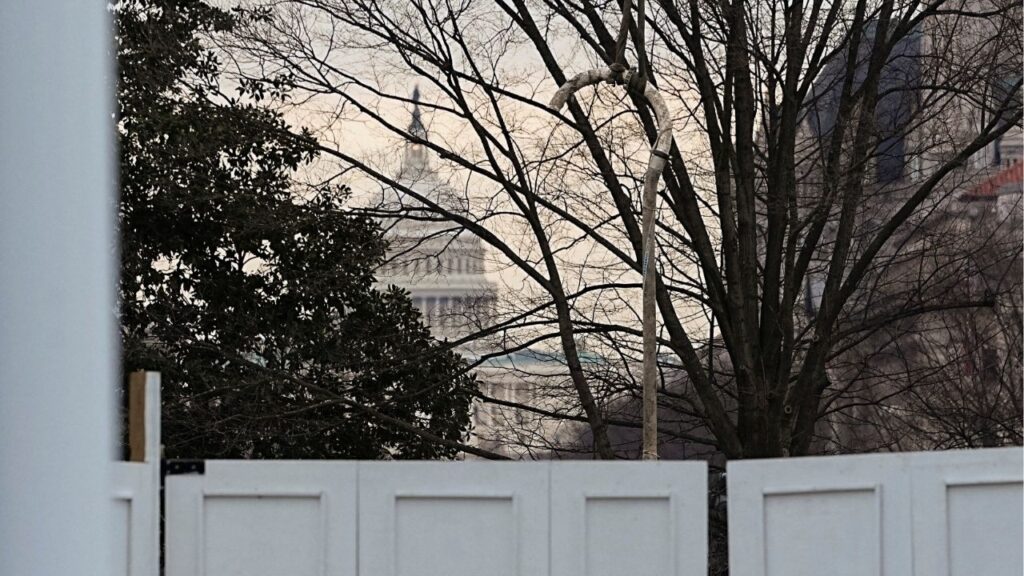Share
California celebrated the passage of historic legislation six years ago when Gov. Jerry Brown signed into law the Sustainable Groundwater Management Act, written to achieve sustainable groundwater management for basins throughout the state.

Burnell Blanchard
Special to CalMatters
The groundwater law requires governments and water agencies to halt overdraft and bring groundwater basins into balanced levels of pumping and recharge. While the law is essential to our ability to manage the state’s groundwater supply so that it can continue to meet the needs of California’s homes, farms and businesses, success will depend entirely on reasonable, collaborative implementation at the local level. In his signing statement, the governor stressed that “groundwater management in California is best accomplished locally.”
I can see clearly the challenge ahead for implementation of the groundwater act because I now have first-hand experience with the kinds of water disputes that can arise when the local parties involved are not given a chance to work things out collaboratively. State leaders supported the adoption of the act because they recognized this simple fact as well – local water agencies and entities must work together to bring groundwater basins into balance.
Local groundwater authorities are required to have adopted and implemented a Groundwater Sustainability Plan to balance their basins between 2040 and 2042. We won’t know if the law has been effective until all local groundwater authorities have fully implemented their plans, but already we’re seeing what the biggest hurdle on the road to success may be: knowledgeable, capable and collaborative groundwater authorities.
Look at What Is Happening Right Now in My Backyard
Groundwater authorities were mandated to form under the law. This means they’re new agencies and relatively inexperienced in managing groundwater resources. They’re facing the uphill challenge of pulling together data on who is pumping, how much they are pumping and what sources of groundwater recharge are available. Add to that the complex politics of California water and you can see how challenging it can be to implement the law in local communities.
As an example of how implementation can go awry, look at what is happening right now in my backyard, the Indian Wells Valley located in the northwest Mojave Desert.
The recently formed Indian Wells Valley Groundwater Authority developed a Groundwater Sustainability Plan without adequate stakeholder engagement, transparency and collaboration. As a result, the authority approved exorbitant replenishment fees on select users without any real plan for securing the future sources of water they seek to help balance the basin. Unfortunately, the authority’s plan picks “winners” and “losers” in the groundwater basin.
My company, Searles Valley Minerals, will be particularly hard hit by the authority’s plan. Searles is a manufacturing company that has operated for 140 years with the region’s most senior water rights.
We rely on groundwater for our operations but are now facing an exorbitant $6 million annual replenishment fee under the authority’s proposal. That’s a 7,000% increase in the company’s water rates set to take effect on Jan. 1, 2021. The authority is pushing to implement its plan in only four months – something that typically has taken three years or more to do well – giving us no time or venue to create alternative options.
The Law Empowers Local Communities to Work Together
The Sustainable Groundwater Management Act calls for planning and implementation that does not create “undesirable results.” This is a case study in the unintended consequences of good legislation gone wrong when implemented hastily. If this plan ultimately takes effect, Searles will be forced out of business, more than 700 good-paying jobs will be eliminated, and our already underserved community will suffer dire economic consequences.
The law empowers local communities to work together and is meant to prevent the need for costly and lengthy litigation that can take years. And yet, the Indian Wells Valley is a microcosm of what can go wrong when the Sustainable Groundwater Management Act is implemented without adequate public participation and buy-in, and without detailed plans for a sustainable water future.
For local groundwater authorities in particular, the lesson here is: seek consensus at every step in the process, be a partner with your local community and map out a reasonable path that affords everyone the chance to participate.
About the Author
Burnell Blanchard is vice president of operations at Searles Valley Minerals, a minerals recovery and manufacturing company, blanchar@svminerals.com.
RELATED TOPICS:
Categories

Dan Bongino to Step Down From FBI

US House Defeats Bids to Rein in Trump Venezuela Campaign

Judge Allows Trump’s Ballroom Project to Proceed for Now

Canva Down for Thousands, Downdetector Reports















